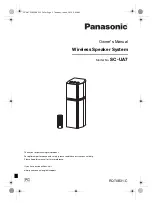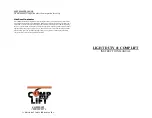
Version September 2018
EN
7
HÜRNER HST 300 Print 315 2.0 User’s Manual
H Ü R N E R S c h w e i s s t e c h n i k G m b H
Nieder-Ohmener Str. 26
35325 Mücke, Germany
2.9 Power Supply Specifications
2.9.1 Mains Power Supply
Utility suppliers’ wiring requirements, occupational safety
rules, applicable standards, and national codes have to be
respected.
Caution
When using power distributions on the worksite,
rules for the installation of earth-leakage circuit
breakers (RCD) have to be respected, and operation
requires an installed breaker.
Generator or mains power fuse protection should be 16 A
(slow blow). The product has to be protected against rain
and humidity.
2.9.2 Generator Power Supply
The required nominal generator capacity as determined
by the power supply requirement of the largest fitting to
be welded depends on the power supply specifications,
the environment conditions, and the generator type itself
including its control/regulation characteristics.
Nominal output power of a generator 1-phase, 220 - 240 V,
50/60 Hz:
d 20.....d 160
3.2kW
d 160 ....d 315
4 kW mechanically regulated
5 kW electronically regulated
Start the generator first, then connect the welding unit.
The idle voltage should be set to approx. 240 volts. When
turning the generator off, disconnect the welding unit first.
Important
The working output power of the generator de-
creases by about 10% per 1,000 m of altitude.
During the welding process no other device con-
nected to the same generator should be operated.
3
Service and Repair
3.1 General
As the product is used in applications that are sensitive to
safety considerations, it may be serviced and repaired only
by the manufacturer or its duly authorized and trained
partners. Thus, constantly high standards of operation
quality and safety are maintained.
















































